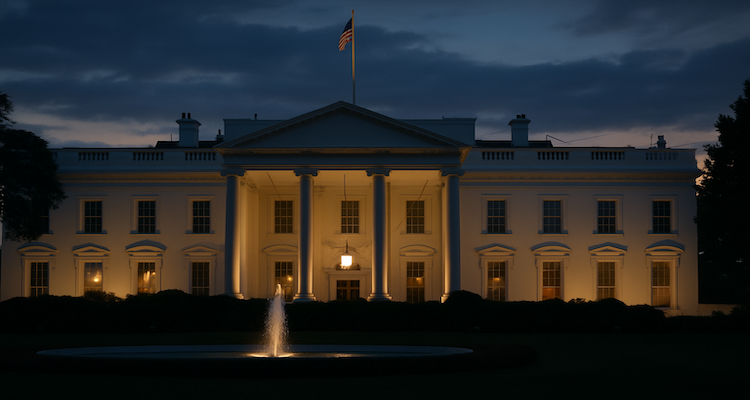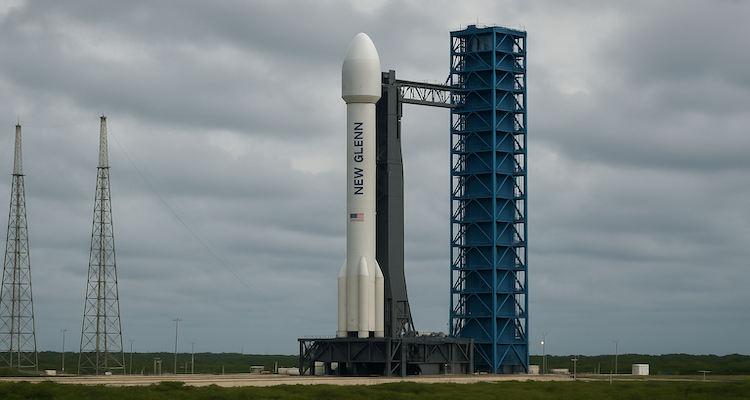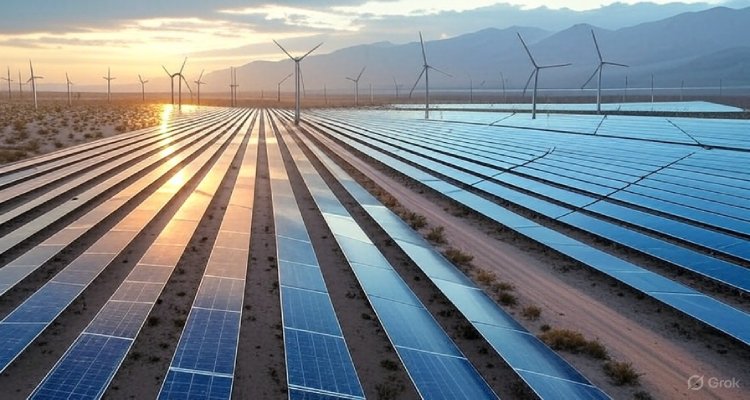Why Desert Nations Are Winning the Renewable Race
Desert nations are outpacing global peers in the renewable energy transition—leveraging sun, wind, investment, and innovation to lead the world’s green revolution.solarquarter+2
Desert nations like the UAE, Saudi Arabia, and India are winning the renewable energy race by rapidly scaling up solar and wind, deploying mega projects, and embracing innovation in challenging environments.
Introduction: Solar Ambition in the Sands
Amid the world’s scramble for clean energy, the world’s fiercest renewable race isn’t happening on coastlines or forests—but across desert sands. In places where temperatures soar and rain is scarce, a new kind of gold is being mined: sunlight and wind. From the shimmering solar arrays of the Middle East to India’s colossal wind farms in Kutch, desert nations are rewriting the playbook on energy, turning adversity into advantage.dii-desertenergy+2
Context & Background: Why Desert Nations?
Deserts have always seemed inhospitable to most forms of life, let alone industry. Yet, their very harshness is what gives them an edge in renewables. With endless sunshine and sprawling open land, these regions offer the perfect canvas for vast solar panels and towering wind turbines.eqmagpro+1
-
The United Arab Emirates, Saudi Arabia, and India’s Kutch region are at the forefront, driven by high solar insolation, favorable wind patterns, and government ambition.dii-desertenergy+1
-
The falling cost of solar and wind technologies has made projects here not just feasible, but globally competitive.dii-desertenergy
-
The urgency of climate commitments and the need to diversify economies away from oil further fuel investment in renewables.dii-desertenergy
Main Developments: Mega Projects and Global Benchmarks
The past five years have witnessed a seismic shift in renewable rollout:
-
MENA region’s solar and wind capacity doubled from 15 GW to 30 GW in five years, with annual growth targets set to accelerate.dii-desertenergy
-
India’s Kutch desert has become a battleground for industrial titans, with Reliance and Adani building giga-scale solar and wind farms.eqmagpro
-
Mega projects—often the world’s largest—are now standard. The UAE, for example, leads in installed capacity and innovation, with billion-dollar arrays visible from space.dii-desertenergy
-
New technologies such as smart sensors, AI-driven maintenance, and robotic cleaning have been integrated to counter desert adversities like dust and extreme heat.solarquarter
-
There is rapid expansion in energy storage and a pivot toward green hydrogen, with 117 low-emission hydrogen projects announced in the region by late 2024.dii-desertenergy
Expert Insight & Public Reaction: Voices from the Front Lines
Industry leaders and observers offer a blend of optimism and realism:
-
Cornelius Matthes, CEO of Dii Desert Energy, remarked that MENA’s transformation from expensive experimental renewables to global cost leaders shows how disruption can thrive in the harshest environments.dii-desertenergy
-
UAE’s Ministry of Energy officials emphasize innovation as central—with infrastructure and international collaboration accelerating the hydrogen economy.dii-desertenergy
-
Indian officials and experts celebrate private sector competition in Kutch, noting it drives technological advancement and local economic growth.eqmagpro
-
Environmental groups cautiously applaud the region’s efforts but warn that projects must minimize impacts on delicate local ecosystems.eqmagpro
Impact & Implications: Shaping the Global Energy Map
The outcomes stretch far beyond national borders:
-
Export ambitions: Desert nations increasingly target green hydrogen and clean electricity exports, aiming to supply global markets and become central to international energy trade.dii-desertenergy
-
Economic diversification: Investments bring jobs, new industries, and resilient infrastructure to regions once dependent on oil or underdeveloped deserts.eqmagpro+1
-
Tech transfer: Innovations—like AI-driven maintenance and massive battery energy storage—may serve as models for renewable deployment in other extreme environments.solarquarter+1
-
Climate leadership: These developments signal a clear pivot from fossil fuels, providing hope for meeting urgent global climate benchmarks.dii-desertenergy
Conclusion: The Future Belongs to the Adaptable
As the world races toward a renewable future, desert nations are proving that adversity can be an asset. With bold investment, relentless innovation, and a strategic embrace of their natural gifts, these countries aren’t just keeping pace—they’re charting the path for others to follow. In the harshest deserts, a greener future is taking shape, turning sand into a symbol of hope.solarquarter+2
Disclaimer :This article is for informational purposes only. The views expressed do not constitute investment or legal advice and are based on publicly available information up to September 2025.











